This Week in History recalls memorable and decisive events and personalities of the past.
28th February 1993 – The Bureau of Alcohol, Tobacco and Firearms (ATF) agents raid the Branch Davidian church in Waco, Texas with a warrant to arrest the group’s leader, David Koresh
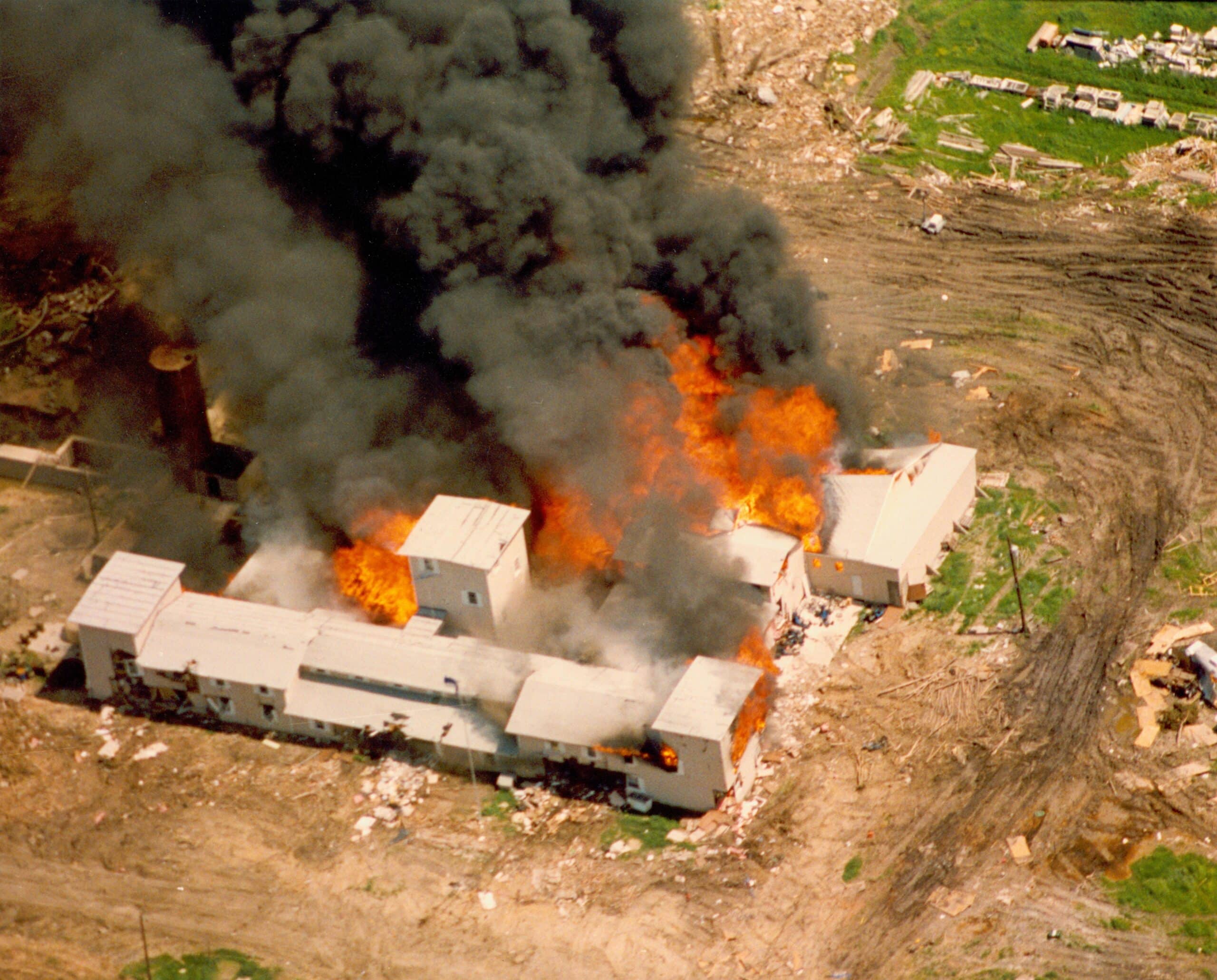
In 1955 a religious group formed from a schism in the Shepherd’s Rod (Davidians), an American offshoot of the worldwide Seventh-Day Adventist Church. This new group, the Branch Davidians, established themselves in Texas near the city of Waco in a compound around their church, which they called the Mount Carmel Center.
The group, which many believe to be a cult, was focused on an apocalyptic prophecy that the second coming of Christ was imminent. By 1989, after a major disagreement over leadership involving court battles and armed confrontations, Vernon Wayne Howell – who changed his name to David Koresh – had firmly established his control of the group.
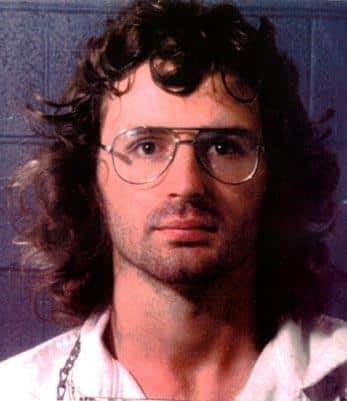
Koresh released an audiotape to his followers in which he said that God told him to procreate with the women in the group to establish a ‘House of David’ of his ‘special people’.
In 1992, the local Sheriff’s office informed the Bureau of Alcohol, Tobacco and Firearms (ATF) that they were concerned that the Branch Davidians were stockpiling weapons in their compound and posed a danger to the community. The ATF began investigating the group, conducting surveillance and infiltrating an agent into the compound. The agent was quickly identified as an ATF informant, but Koresh decided to keep this secret. The men conducting the surveillance were also easily spotted by the group. After several months of surveillance and investigation, the ATF acquired a search warrant in February 1993 on suspicion that Koresh had illegally modified a firearm.
On 27 February 1993, the local Waco Tribune-Herald published a series of articles in which it was claimed that Koresh had committed statutory rape against girls as young as 12 in the compound, and had fathered multiple children with different women in the group. The articles urged law enforcement to pursue the matter. This further heightened tensions between the group and the authorities.
The ATF sought to arrest Koresh in connection with the allegations against him. Rather than arrest him on one of his regular visits to Waco, the ATF – which said it had been told, incorrectly, that Koresh rarely left his compound – decided to go to the Mount Carmel Center, arrest Koresh and execute the search warrant for illegal firearms. The ATF also claimed they suspected a meth lab was being operated from the compound. This gave them a reason to requisition heavy equipment for the raid.
The ATF told the media about the raid beforehand, and the media accidentally tipped off the Branch Davidians by asking for directions to their compound. The heavily armed ATF officials arrived in a convoy of civilian vehicles, supported by National Guard helicopters. The Branch Davidians, also heavily armed, were prepared for their arrival, having taken up defensive positions.
What happened next is heavily disputed, but there are three main versions: that the ATF shot at the compound first; that the Branch Davidians shot at the ATF first; and that the ATF had sent agents to kill the compound’s dogs as a defensive measure and that the shooting of these dogs spooked the Branch Davidians into firing on the ATF.
Whatever the trigger, a two-hour firefight ensued as the ATF tried to breach the compound. Several agents and three Branch Davidians were killed in the fighting. Two more Branch Davidians were killed by their fellow group members after being badly wounded in the exchange of fire.
After the shooting subsided, the ATF retreated, and a temporary ceasefire was negotiated with the Davidians, who still held the compound. The Federal Bureau of Investigations (FBI) took over the operation at this point. Now, hundreds of ATF, FBI and National Guardsmen surrounded the around 100 Davidians in the compound.
In the negotiations that followed, the FBI managed to secure the removal of 19 children from the compound, but the others remained inside. After 51 days of siege, US attorney general Janet Reno convinced President Bill Clinton that the FBI should be allowed to assault the compound and end the siege. This decision remains highly controversial and is blamed by some for the disaster that followed.
On 19 April 1993, the FBI and ATF attacked the compound seeking to fill it with tear gas to force the Branch Davidians out.
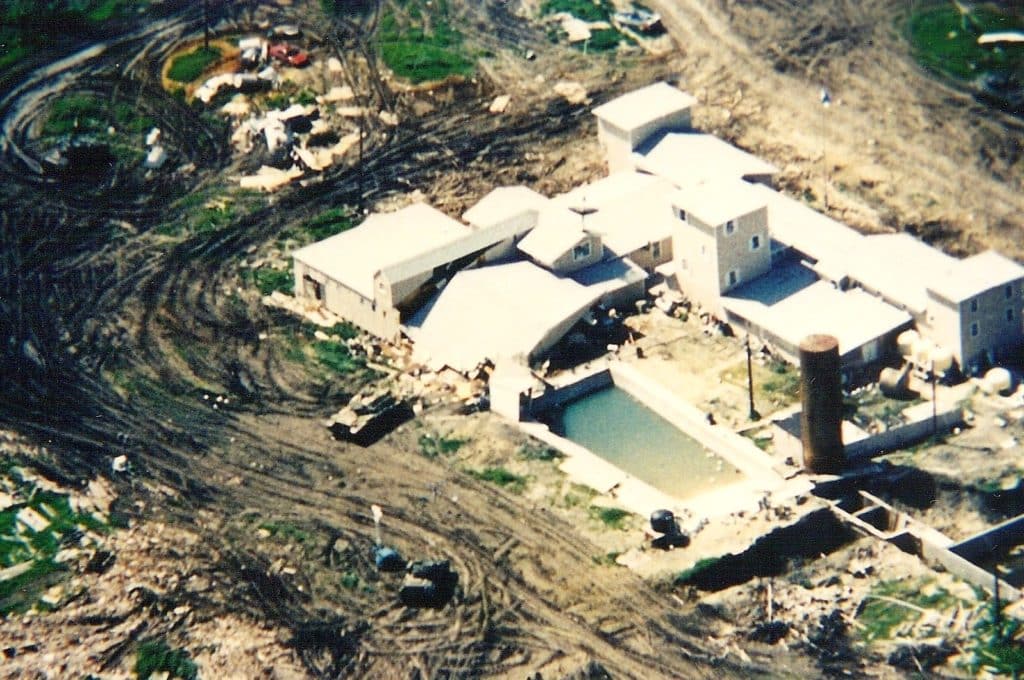
After blowing open walls and pumping tear gas into the compound, the authorities used loudspeakers to reassure the Davidians that if they left the building they would not be harmed. For six hours the tear gas was pumped in and no Davidians left the building, but remained in the shelter of a bunker in the compound.
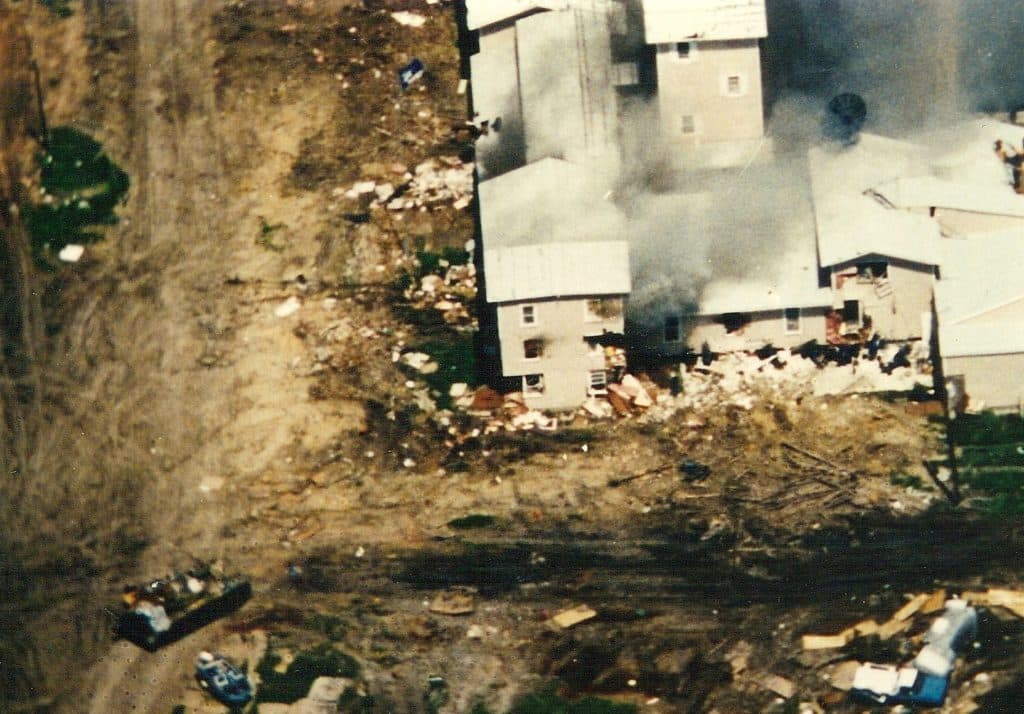
Around midday three fires broke out in the compound. The FBI’s claim that the fires were set by the Branch Davidians themselves was accepted by a subsequent investigation. But some of the Branch Davidians claimed the fires were deliberately or accidently started by the FBI.
As the fire spread, consuming the building, only nine of the occupants came out. The others were either trapped in the collapsing building or suffocated from smoke inhalation, poisoned themselves or shot themselves, or each other. According to the FBI, Koresh’s top aide shot Koresh and then himself during the fire. All in all, 76 people, including a number of children, died in the fire.
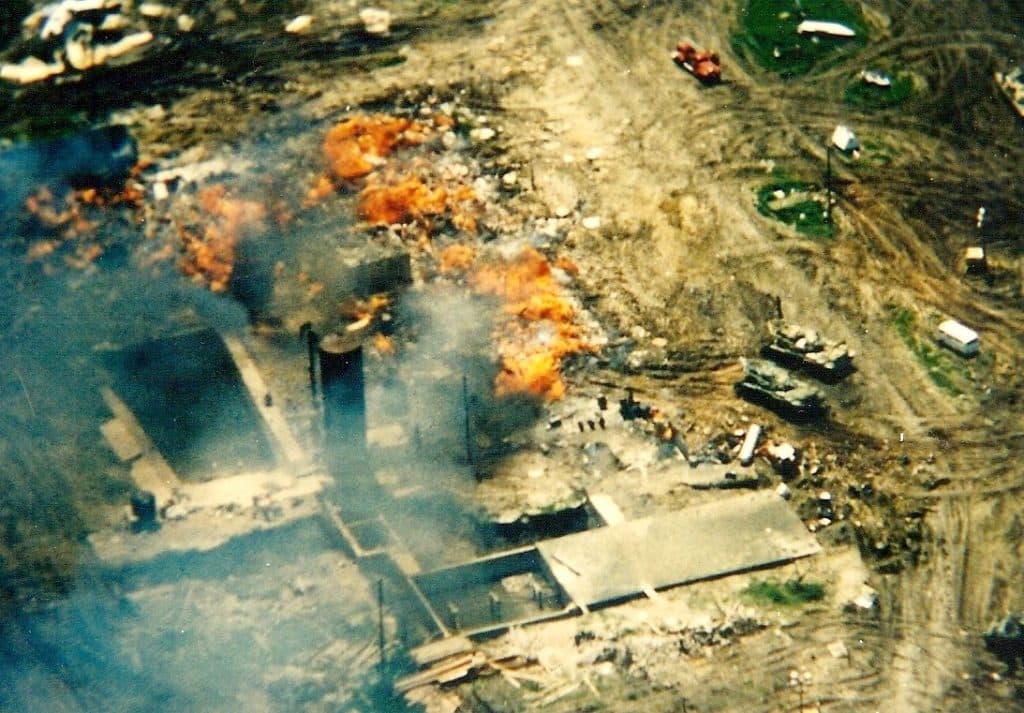
In the aftermath, reports and documentaries levelled criticism at the way the law enforcement agencies had carried out the operation, with the ATF being accused of incompetence by some and malice by others. The bloody end to the siege prompted a change in the ATF’s doctrine, to reserve raids and the use of force as a last resort. The survivors of the Branch Davidians were tried on various counts of manslaughter and firearms charges, with some being acquitted and others being sentenced to many years in prison.
Many Americans were outraged by the outcome of the siege, and two men, Timothy McVeigh and Terry Nichols, would be inspired by it to ‘hit back’ against the federal government. They chose the Alfred Murrah Federal Building in Oklahoma City as their target, destroying much of the multi-story building in a massive truck-bomb attack two years later. This attack, the worst domestic terrorist attack in US history, killed 169 people, including children, and injured another 680.

If you like what you have just read, support the Daily Friend

